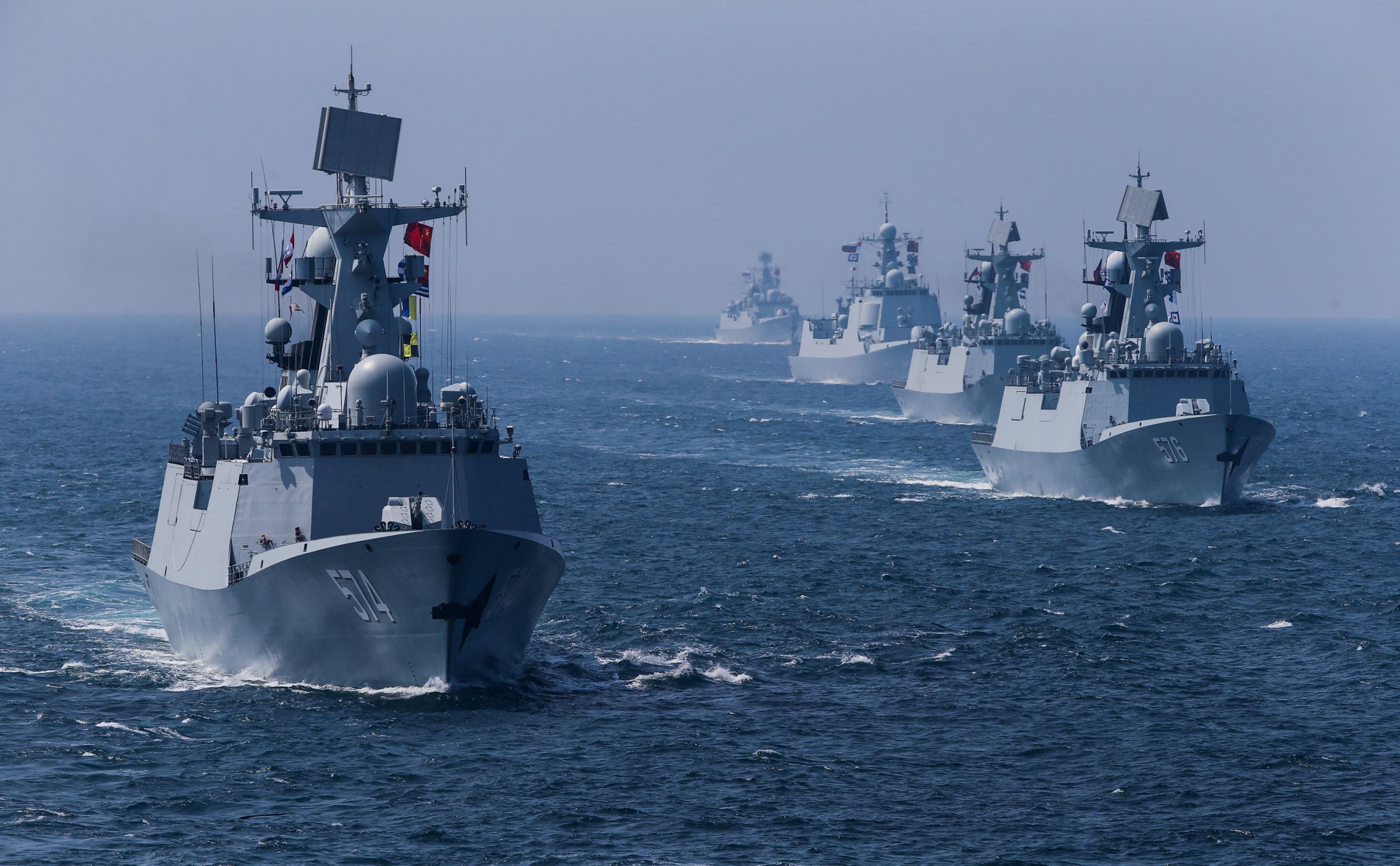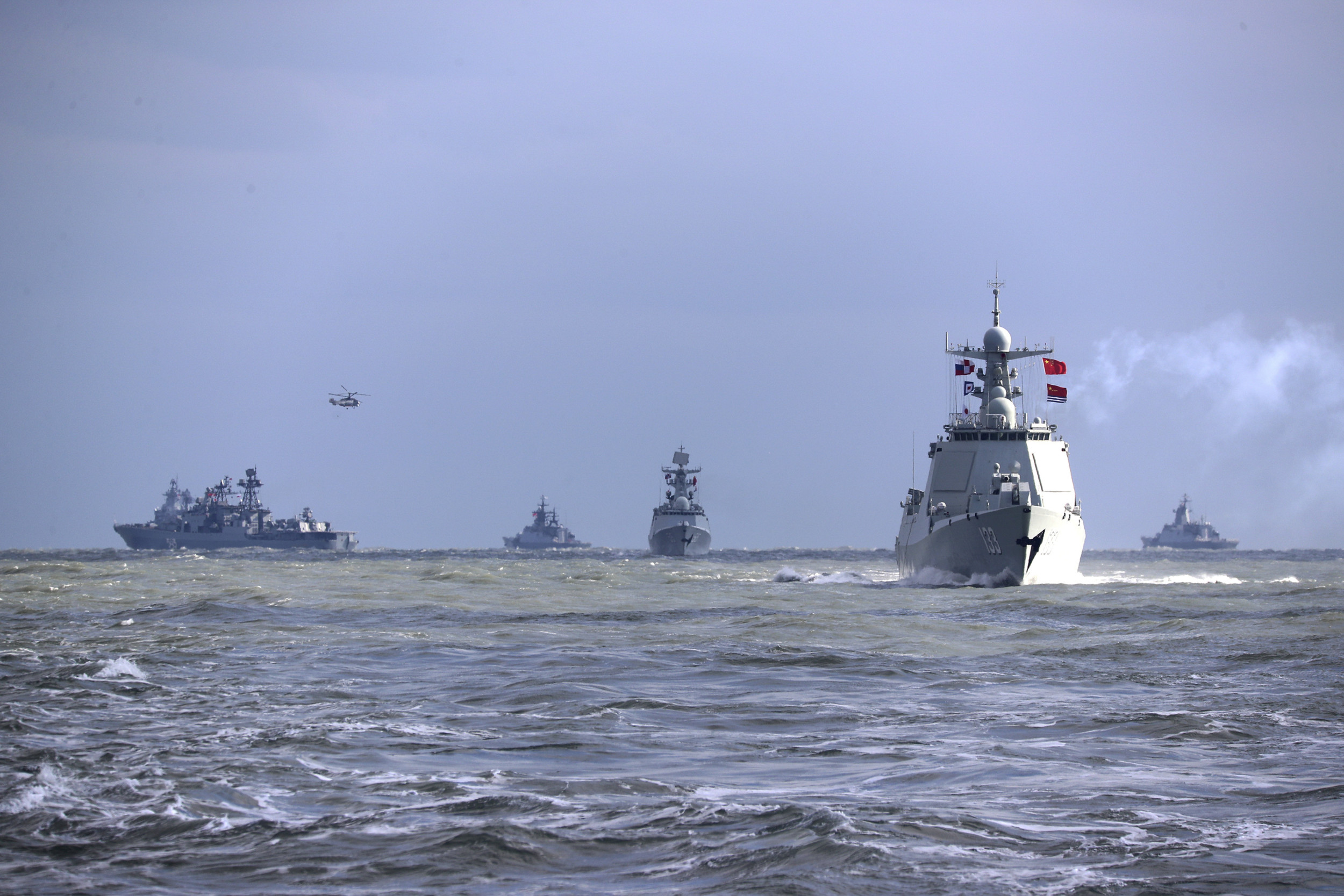Military cruises set the stage for a unique travel experience, blending historical exploration with modern amenities. These voyages cater to a diverse audience, including veterans seeking camaraderie, families interested in educational adventures, and history buffs eager to delve into pivotal moments in maritime and military history. From meticulously planned itineraries tracing significant naval battles to onboard presentations by experts, these cruises offer a captivating blend of education and entertainment.
The industry itself boasts a rich history, evolving from simple commemorations to elaborate voyages featuring interactive exhibits, reenactments, and visits to historically significant locations. Today’s military cruises often incorporate state-of-the-art technology, offering immersive experiences that bring the past to life. They stand in stark contrast to historical naval voyages, often characterized by hardship and uncertainty, showcasing a marked evolution in both comfort and accessibility.
Historical Context of Military Cruises
Military-themed cruises, while a relatively recent phenomenon in their modern form, possess roots stretching back to the earliest days of naval travel. The concept of combining leisure with a military experience has evolved significantly over time, reflecting changes in naval technology, geopolitical landscapes, and public perception of military service.The historical evolution of military cruises is not a straightforward narrative of continuous development.
Instead, it’s a story punctuated by distinct periods and influenced by various factors. Early examples are not easily categorized as “cruises” in the modern sense but represent precursors to the contemporary offerings. Grand naval expeditions, often involving multiple ships and lasting for extended periods, were common throughout history. These voyages, while serving military or exploratory purposes, often included elements of leisure and spectacle for officers and high-ranking personnel.
Early Naval Expeditions and Their Precursor Role
The voyages of exploration undertaken by European powers during the Age of Discovery, such as those of Christopher Columbus or Ferdinand Magellan, involved extended periods at sea with elements of both military preparedness and the pursuit of new trade routes and resources. While not explicitly “cruises,” these voyages demonstrate a precedent for extended naval journeys incorporating elements of exploration, adventure, and, implicitly, the demonstration of naval power.
You also will receive the benefits of visiting england tours for seniors today.
The sheer scale and duration of these voyages, along with the often opulent lifestyles of the commanding officers, provide a glimpse into early forms of what could be considered a precursor to the modern military cruise. The meticulously kept journals and logs from these voyages offer valuable insights into the daily routines, challenges, and even the recreational activities undertaken during these extensive sea journeys.
These historical accounts highlight the inherent connection between maritime exploration, military strength, and the potential for leisure amidst such expeditions.
The Rise of Modern Military Cruises and Their Distinguishing Features
Modern military cruises, in contrast to historical naval voyages, are designed specifically as leisure activities, often targeting veterans, military families, and enthusiasts. They offer themed events, lectures by military personnel, and opportunities to engage with military hardware and technology. These cruises are typically shorter in duration than historical naval expeditions, focusing on a more concentrated experience rather than extended periods at sea.
Furthermore, modern cruises prioritize passenger comfort and entertainment, offering amenities and services comparable to luxury passenger liners. The emphasis has shifted from demonstrating military prowess to providing a unique and engaging experience for participants, though the underlying theme of military history and tradition remains central.
Comparing Modern and Historical Naval Voyages
A key difference between modern military cruises and historical naval voyages lies in their primary objective. Historical voyages often served strategic military, exploratory, or economic purposes, with leisure activities being secondary or even incidental. Modern military cruises, conversely, are primarily leisure-oriented, using a military theme as a central element of the experience. Another significant difference is the scale and duration.
Historical voyages often involved massive fleets undertaking months-long expeditions, while modern cruises are typically smaller-scale and shorter in duration. Finally, the level of comfort and amenities provided differs drastically. While historical voyages often involved harsh conditions and limited resources, modern military cruises offer a level of comfort and luxury comparable to high-end civilian cruises.
Destinations and Itineraries

Military cruises offer unique opportunities to explore historical sites and engage with maritime heritage, providing a compelling blend of leisure and education. These voyages often focus on specific themes, regions, or historical events, tailoring the itinerary to provide a rich and immersive experience for participants. The destinations themselves are carefully selected for their historical significance and connection to naval or military history.
Popular Military Cruise Destinations
Military cruises cater to a wide range of interests, resulting in diverse itineraries and destinations across the globe. The following table highlights some popular locations, categorized by region and highlighting their historical importance and typical onboard activities.
| Region | Destination | Historical Significance | Typical Activities |
|---|---|---|---|
| Europe | Normandy, France | Site of the D-Day landings, a pivotal moment in World War II. | Guided tours of beaches and cemeteries, historical lectures, commemoration ceremonies. |
| Mediterranean | Malta | Strategically important island with a rich history of naval battles and sieges throughout centuries. | Visits to historical fortifications, museums showcasing naval history, diving excursions to explore shipwrecks. |
| Pacific | Pearl Harbor, Hawaii | Site of the Japanese attack that brought the United States into World War II. | Visits to the USS Arizona Memorial, museums detailing the attack and its aftermath, somber reflection ceremonies. |
| Caribbean | Guantanamo Bay, Cuba (potential future destination, subject to political developments) | Historically significant US naval base, site of ongoing geopolitical discussions. | Tours of the base (if access is granted), lectures on US-Cuban relations, discussions on international law and military strategy. |
Example Itineraries
The duration and focus of military cruises vary significantly. Below are examples illustrating the range of experiences available.
Short Weekend Trip (e.g., Norfolk, Virginia)
- Embarkation in Norfolk, Virginia.
- Tour of the USS Wisconsin, a battleship with a rich history in WWII and the Korean War.
- Visit to the Nauticus National Maritime Center, exploring maritime exhibits and artifacts.
- Disembarkation in Norfolk, Virginia.
Longer Voyage (e.g., Mediterranean Cruise)
- Embarkation in Civitavecchia (Rome), Italy.
- Visit to Normandy, France, including guided tours of D-Day beaches and American cemeteries.
- Exploration of Malta, visiting historical fortifications and museums detailing its naval past.
- Stop in Naples, Italy, with potential visits to Pompeii or Herculaneum, sites impacted by ancient Roman military activities.
- Disembarkation in Barcelona, Spain.
Unique Destination Aspects
Each destination offers a unique lens into military history. Normandy’s beaches bear silent testament to the sacrifices made during D-Day. Malta’s fortifications speak to centuries of strategic importance and naval power struggles. Pearl Harbor serves as a poignant reminder of a pivotal moment in American history. These sites offer not just historical context but also emotional resonance, enhancing the cruise experience.
Onboard Experiences and Amenities: Military Cruises

Military cruises, while sharing some similarities with commercial voyages, offer a distinct onboard experience tailored to the needs and preferences of service members and their families. Amenities often reflect a focus on camaraderie, relaxation, and opportunities for informal professional development, rather than the luxury-focused offerings of some commercial lines.Military cruises typically provide a range of onboard amenities designed to cater to the specific needs of their passengers.
These amenities are often more functional and less extravagant than those found on commercial cruises, prioritizing practicality and community over opulence.
Typical Onboard Amenities and Services
The specific amenities available vary depending on the sponsoring organization, the size of the vessel, and the length of the cruise. However, common features include comfortable cabins, mess halls serving nutritious meals, recreational spaces such as gyms and game rooms, and organized group activities. Some cruises may also offer specialized facilities, such as medical bays and dedicated areas for children.
Entertainment options might include onboard movies, live performances, or themed events tailored to the military community. Wi-Fi access is often available, though bandwidth may be limited, especially on older vessels. In some cases, specialized training or professional development sessions might be integrated into the cruise schedule.
Sample Daily Schedule for a Military Cruise
A typical day on a military cruise might follow a structured schedule, offering a blend of structured activities and free time. This allows for both planned events and opportunities for personal relaxation or informal socializing.
| Time | Activity |
|---|---|
| 7:00 AM | Breakfast in the mess hall |
| 8:00 AM | Morning physical training (optional) |
| 9:00 AM | Port visit or onboard activity (e.g., educational seminar, skills workshop) |
| 12:00 PM | Lunch in the mess hall |
| 1:00 PM | Free time for relaxation, swimming, or exploring the ship |
| 4:00 PM | Afternoon activity (e.g., games, movie screening, social gathering) |
| 6:00 PM | Dinner in the mess hall |
| 7:00 PM | Evening entertainment (e.g., live music, karaoke) |
| 9:00 PM | Free time or informal socializing |
| 10:00 PM | Quiet time |
Comparison of Onboard Experiences: Military vs. Standard Cruises
While both military and standard cruises offer transportation and accommodation, the onboard experience differs significantly. Standard cruises emphasize luxury, extravagance, and a wide array of entertainment options designed to cater to a broad range of interests. They often feature lavish dining experiences, numerous bars and lounges, spas, casinos, and extensive shopping opportunities. The atmosphere is typically more focused on individual leisure and relaxation.
In contrast, military cruises prioritize camaraderie, structured activities, and opportunities for informal professional development. The focus is on shared experiences and building morale within the military community. While comfortable accommodations are provided, the emphasis is on functionality and shared spaces rather than individual luxury. Entertainment is often geared towards the military community and may include more structured events or group activities.
Environmental Impact
Military cruises, while offering unique historical and cultural experiences, present significant environmental challenges. The sheer scale of these operations, involving large vessels carrying numerous personnel and equipment, necessitates substantial fuel consumption and generates considerable waste. Furthermore, the destinations often chosen for these cruises are ecologically sensitive areas, potentially vulnerable to the impact of increased tourism. A balanced approach is needed to mitigate these negative impacts and ensure the sustainability of these ventures.The environmental footprint of military cruises is primarily determined by fuel consumption and waste management practices.
Large ships require vast quantities of fuel, leading to substantial greenhouse gas emissions contributing to climate change. Waste generated onboard, including sewage, greywater, and garbage, poses a significant threat to marine ecosystems if not properly managed. Inadequate waste disposal can lead to water pollution, harming marine life and potentially impacting the health of coastal communities.
Fuel Consumption and Greenhouse Gas Emissions
Military vessels, due to their size and operational requirements, consume significantly more fuel than comparable civilian vessels. This high fuel consumption directly translates to substantial greenhouse gas emissions, contributing to global warming and climate change. For instance, a single large amphibious assault ship can consume hundreds of tons of fuel during a long-range deployment, releasing thousands of tons of carbon dioxide into the atmosphere.
Reducing fuel consumption through technological advancements, such as implementing more fuel-efficient engines and optimizing vessel design, is crucial for minimizing the environmental impact. Furthermore, exploring alternative fuels, such as biofuels or hydrogen, could offer a long-term solution to reduce reliance on fossil fuels.
Waste Management and Pollution, Military cruises
Effective waste management is paramount to mitigating the environmental impact of military cruises. The generation of various types of waste, including sewage, greywater, garbage, and hazardous materials, necessitates robust onboard treatment and disposal systems. Failure to adequately manage these wastes can lead to water pollution, harming marine ecosystems and potentially impacting human health. Implementing advanced waste treatment technologies, such as advanced wastewater treatment plants and improved garbage sorting and recycling programs, can significantly reduce the environmental burden.
Strict adherence to international maritime regulations regarding waste disposal is also crucial to ensure responsible environmental practices.
Environmental Impacts on Specific Destinations
The destinations frequented by military cruises are often environmentally sensitive areas, including coral reefs, coastal wetlands, and historically significant sites. The increased traffic and potential for accidental spills or pollution pose a significant threat to these fragile ecosystems. For example, a cruise visiting a coral reef could cause damage through ship anchors or the discharge of wastewater, harming the delicate coral structures and the marine life they support.
Similarly, visits to historical sites can lead to increased erosion and damage to archaeological artifacts. Careful planning of itineraries, minimizing environmental disruption, and implementing strict environmental protection protocols are necessary to preserve these valuable sites.
Environmentally Responsible Practices
Several environmentally responsible practices can be implemented to mitigate the environmental impact of military cruises. These include optimizing vessel routes to minimize fuel consumption, investing in advanced waste treatment technologies, and implementing strict waste management protocols. Furthermore, educating personnel about environmental stewardship and promoting responsible tourism practices can contribute significantly to reducing the environmental footprint. Collaborating with local communities and environmental organizations to develop sustainable tourism strategies is also crucial to ensuring the long-term sustainability of these cruises.
The adoption of stricter environmental regulations and the implementation of robust monitoring and enforcement mechanisms are equally important for minimizing environmental damage.
Military cruises represent a burgeoning niche in the travel industry, offering a unique blend of historical exploration, educational opportunities, and engaging onboard experiences. As technology advances and the demand for immersive travel grows, the future of military cruises looks bright, promising innovative itineraries and enhanced onboard amenities to cater to a diverse and growing clientele. The industry’s commitment to responsible tourism and environmental sustainability will be crucial for its continued success and long-term viability.


